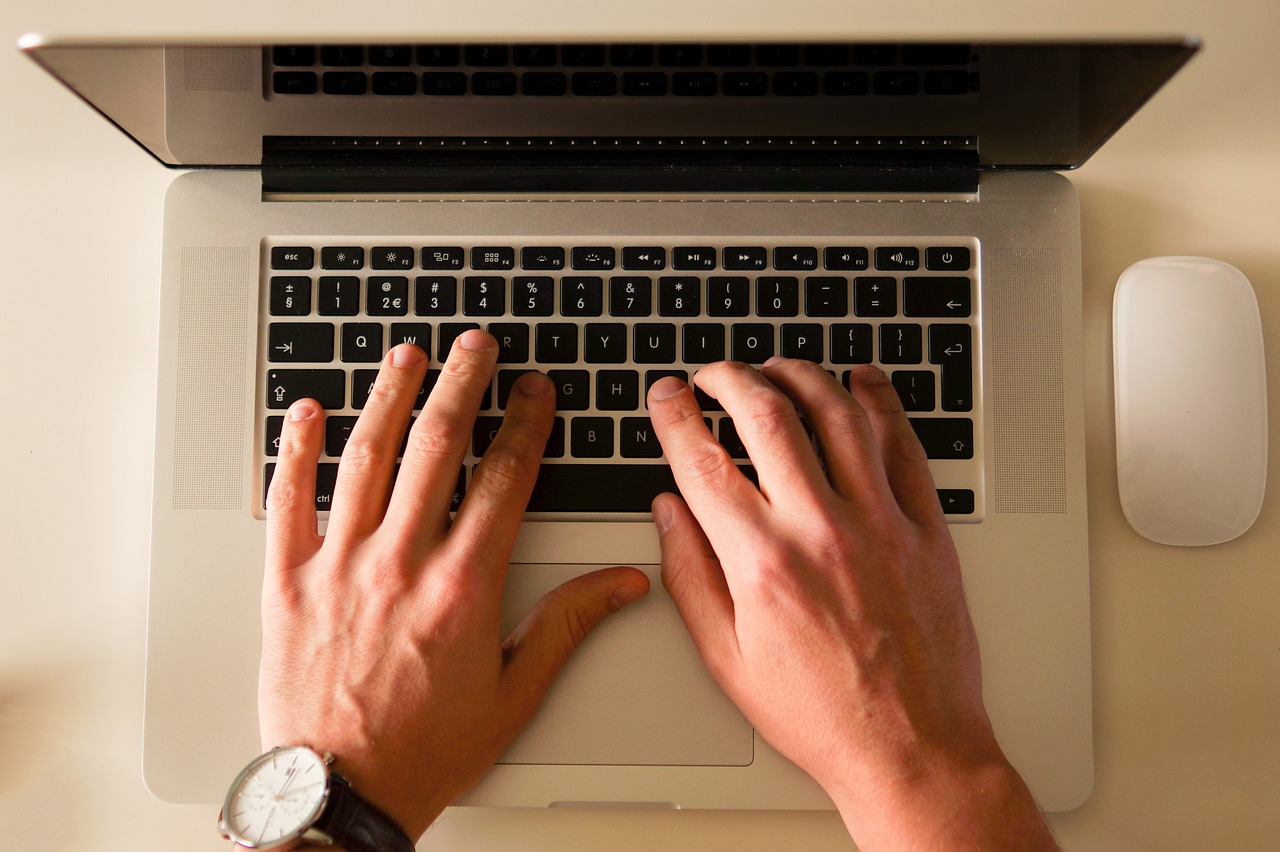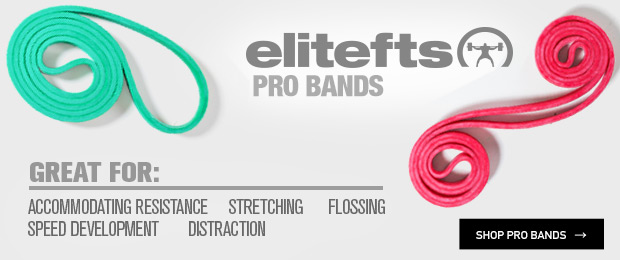
Maybe you’re lucky. You wear a track suit to work and you have a corner office so big you can do ten yards of walking lunges from one wall to the other. Congrats if that’s the case, because most people aren’t in your shoes.
If you’re more like me, where your paycheck depends on being anchored to a corner computer for long stretches of the day while you’re trussed in business wear, I’ve got a few ideas that’ll address common office work aches without requiring a change of clothes.
At the Desk
First, do your best to stay in decent neutral posture. Position your desk peripherals so that you can access them while sitting upright and looking straight ahead. I work at a slightly higher than normal desk, so I’ve set my chair similarly high to keep my forearms parallel with the floor while typing. My monitor is extended to the maximum height on its stand, and it also has a thick book beneath it to bring it more to eye-level. Make sure the screen display options are set so that you don’t need to lean in to read.
Forearm stretches: With your arm held out in front of you and actively stretched with the free hand. Get the flexors and the extensors.
Chin Tucks: Neck stretches are little tricky to prescribe en masse via an article, but most folks can do a chin-tuck without a problem. Just sit upright and give yourself a double chin. Hold the position for a few seconds or until you hear someone approaching.
Band Pull-Aparts: Focus on feeling your shoulder blades pinch.
Band External Rotations: With your upper arms at your side and your lower arms supinated and parallel with the floor, take one strand of a mini-band in each hand and pull it apart by externally rotating your arms. Eric Cressey calls these “No-Moneys” because the movement looks like someone gesturing that their pockets are empty.
Upper Trap Activation: Raise your arms to slightly above shoulder-height in the scapular plane and keep them there; you’ll look like you’re holding the top of a traditional lateral raise, only your arms will be angled forward a few degrees. Keeping your arms in that spot, shrug upwards and relax.
I’ll do these when I think about them. If I’m feeling a little more focused, I’ll do the three exercises in sequence, something like fifteen pull-aparts, followed by fifteen external rotations, followed by fifteen shrugs, for a few rounds. You don’t need a band necessarily, since you can contract hard as if using a band, though I think it’s more helpful to actually have something in my hands.
Away from the Desk
Got a minute of free time and want to loosen up your hips? All you need are some stairs. Throw in a wall for some extra upper back help and you’ve got yourself a winner.
The key is frequency. This won’t do much unless you can do it a few times a day. You can set a digital reminder on your office computer or phone, or plan it around events, e.g., on your way two and back from a meeting, followed by on your way to and back from lunch. I drink water like mad during the day, so it’s pretty convenient for me to get a few rounds in when I’m heading to the bathroom.
Wall Exercises
Standing Closed-Chain Scap Series: Stand facing a wall with arms outstretched to the front. Lean slightly forward so that your fingertips touch the wall at or slightly above shoulder level and at or slightly wider than shoulder-width. They should be bearing only a little weight. From the side you’ll look like you’re doing a fingertip push-up against the wall.
Keeping your arms straight, actively retract your shoulder blades, squeezing them under control but with strength. Pause in the contracted position, then reverse the movement to push yourself away from the wall by spreading your shoulder blades apart. This works both the scap retractors and the serratus.
Next, you’ll go through the same sequence, only this time in the vertical plane. Shrug your shoulders up and hold, then down at hold, making sure to feel your upper traps work at the top, and your lats and lower traps at the bottom.
WATCH: Three Mobility Drills to Improve the Squat and Reduce Knee Pain
Stair Exercises
Cross-Stepping: Turn sideways to the stairs and ascend by crossing one foot over the other. For a greater range of motion, cross over several stairs each time. Alternate the direction you face if you need to in order to change which leg crosses and which leg drives. This gets some gentle hip action going and also provides a little work with terminal knee extension.
Butt Kicks: As you ascend or descend the stairs, make an effort for your drive leg on each step to tap your butt with the heel of your foot. Contract your glute as you kick and focus on getting your upper thigh moving backwards to give your hip flexors a quick dynamic stretch.
If you have one flight of stairs go up doing cross-steps facing one direction, then at the top do ten reps of scap retraction/protractions, followed by ten elevations/depressions. Go down the stairs while doing butt kicks. Face a different direction, do your cross-steps, the scap series again at the top, and the butt-kicks again going down. Repeat a few times. If you have access to a higher staircase, mix it up however you want.
Bonus Ideas
Give yourself a little walk to work. I usually park in a spot that gives me about a seven minute walk to the office, with a few slopes and stairs in between.
Place your hands on either side of the doorframe and lean through the door to stretch your pecs. (Not advised if you’re wearing a shirt with functional torso buttons)
Supplement your butt kicks with the classic standing quad/hip-flexor stretch; use the same motion as with the butt-kicks, but use your hand to pull your foot back and accentuate the stretch. (Not advised if you’re wearing a skirt, dress, or kilt.)
Got your own tricks? Leave ‘em below.











